November Walking Tour – Birds Flock to Denver Botanic Gardens
Chances are you visited the Gardens to see and learn about beautiful and diverse plants. You’ve come to the right place! A query of our living collections database, BG-BASE, provides a snapshot: Denver Botanic Gardens has 11,154 plant species representing 2,286 genera and 247 families from across the globe. Perhaps you’ve already made the connection that a diverse collection of plants provides habitat, shelter and food for urban wildlife, including birds. The Gardens’ many water features provide a fourth requisite—water.
These abundant resources have contributed to the Gardens becoming a hotspot for birds. According to the Cornell University's worldwide eBird citizen science website, the community science tool for reporting birds, the combined location of Denver Botanic Gardens and Cheesman Park is the 20th best place to see birds in all of Denver County in terms of numbers of species. In fact, 153 species have been reported at this location—the first report to be documented on eBird was a golden eagle in 1981! While it is unlikely you will encounter a golden eagle during your visit, a host of other birds can be seen and heard daily, and a beautiful fall day at the Gardens is no exception. This walking tour invites you to look and listen for birds while you also enjoy the plants and their fall colors.
- Begin your tour at Shady Lane and scan the row of crabapple trees (Malus spp.) on the south side of the sidewalk. Known for showy flowers in spring, these trees provide a fall feast for frugivorous birds (birds who specialize in eating fruit) including American robins and cedar waxwings. The latter is a treat to see—overall buff brown and gray, this species sports a head crest, black facemask, scarlet accents on wing feathers and tail feathers dipped in brilliant yellow. Fun fact: Cedar waxwings can become intoxicated on fermenting fruit after an intense feeding frenzy, so watch for tipsy birds.
- Stroll down Shady Lane and look up at the ponderosa pine (Pinus ponderosa) trees behind the crabapples. Black-capped chickadees, which Cornell’s All About Birds refers to as universally cute, are easily spotted in this area. Their presence is often given away by their onomatopoeic call “chick-a-dee-dee” or another call, which to me sounds like “here kitty.” Chickadees are often found in mixed-feeding flocks feasting on insects, berries and pine seeds. Thus, if you spot a chickadee, look for other species including brown creepers, red- and white-breasted nuthatches, and even woodpeckers.
- Continue down the sidewalk toward the Hive Garden Bistro and listen for a call that resembles a rusty flute playing a single note at a largo tempo—the song of the Townsend’s solitaire. When you arrive at the Hive and Monet Pool, scan for a solitary gray bird with white eye rings perched at the tops of trees, defending their territory. This bird, whose diet includes juniper berries, sings throughout the winter, bringing good cheer to western montane forests and urban neighborhoods alike.
- Continue to the shrub communities of Dryland Mesa and Sacred Earth. Listen for soft twittering calls (helpful hint: Cornell Lab’s Merlin app will help you identify birds by song) and look for flocks of inconspicuous small gray birds. Bushtits often fly single file from one tree or shrub to another, so focus your attention on the junipers (Juniperus spp.), pinyon pines (Pinus edulis) and mountain mahoganies (Cercocarpus spp.) scattered throughout. Social butterflies and perpetually on the move, bushtits can be seen at the Gardens year-round.
- Due to the multi-layered landscape of native plants in these two gardens, which provide both shelter and an array of food for birds, this is an excellent area to bird. So, linger for a while and listen for the buzzy and whiny calls of spotted towhees and watch for their orange, black and white feathers. Towhees forage for insects in leaf litter (in Colorado often Gambel oak, Quercus gambelii) using a “double-scratching” technique. This maneuver involves hopping backward with two feet, which disturbs the leaf litter and the invertebrates that lie within, bringing them to the surface.
Hopefully this tour enriched your experience by opening your eyes and ears to some of the many bird species found at the Gardens. Next time you visit, consider downloading the eBird Mobile app and reporting your findings to community science!
Photos by Jen Toews
Gallery
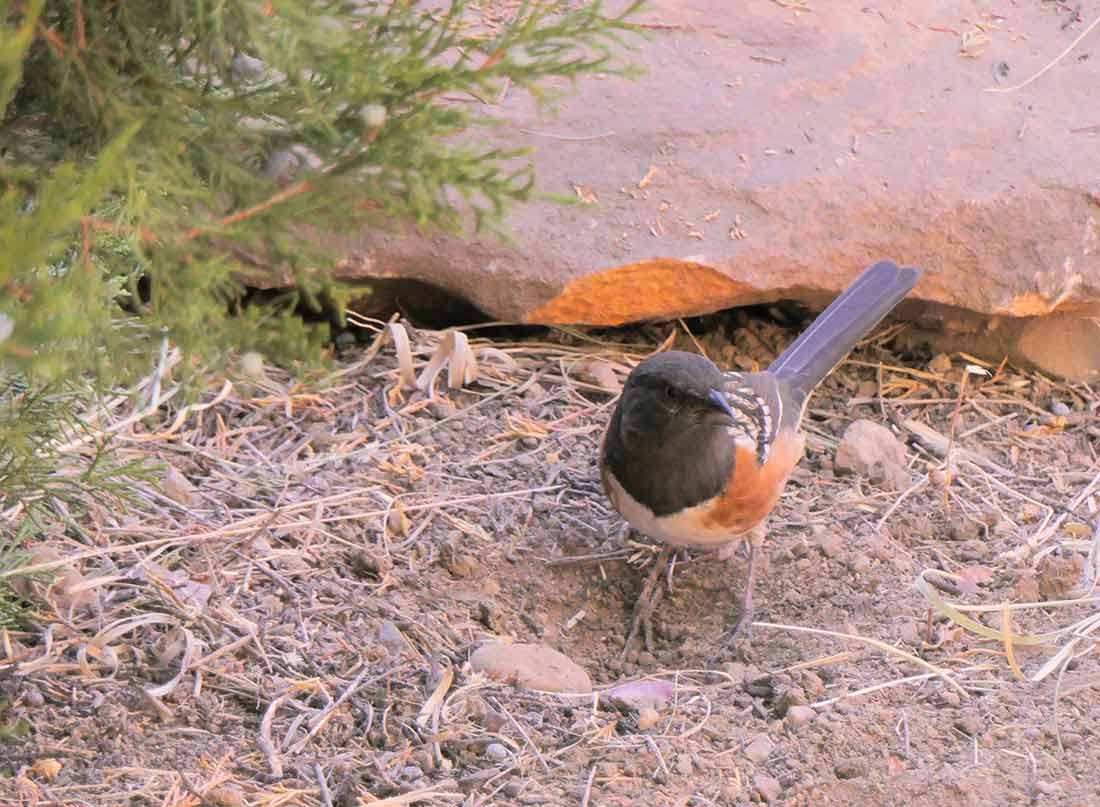
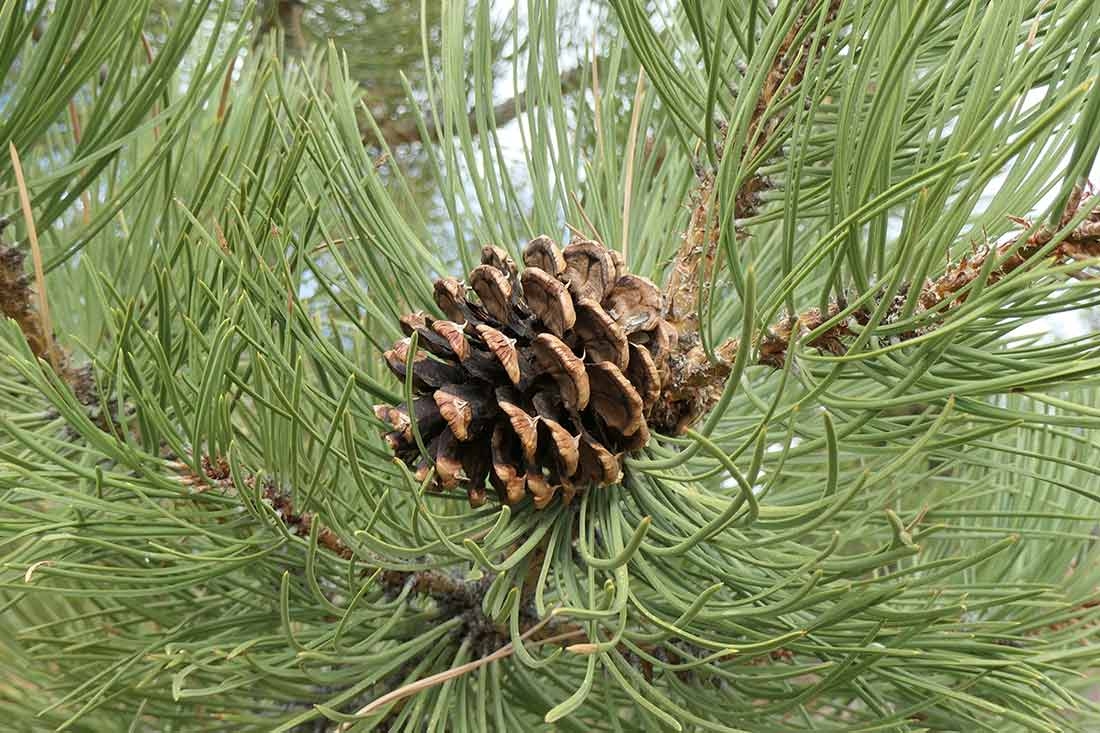

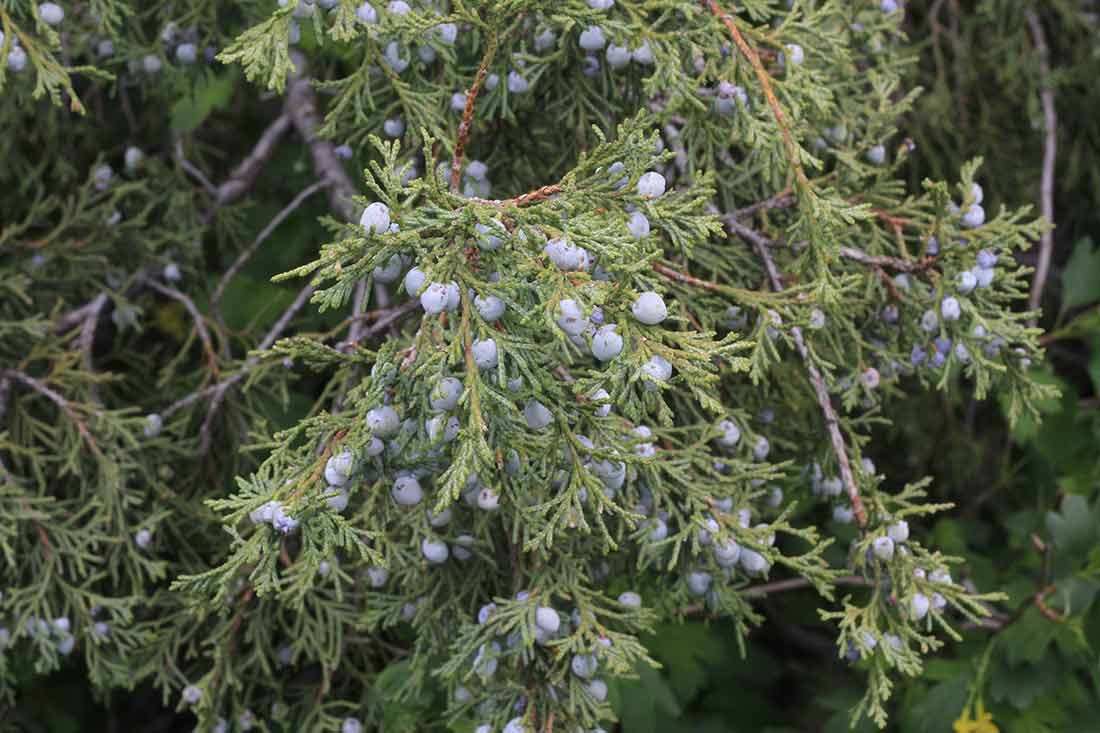
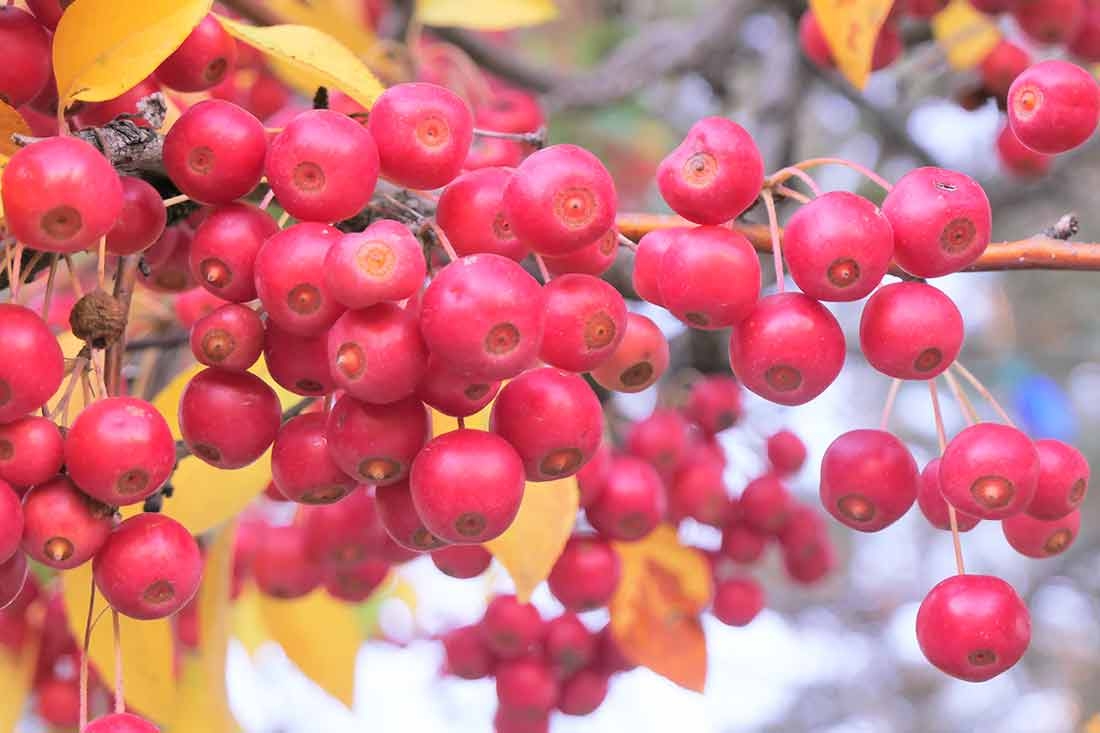
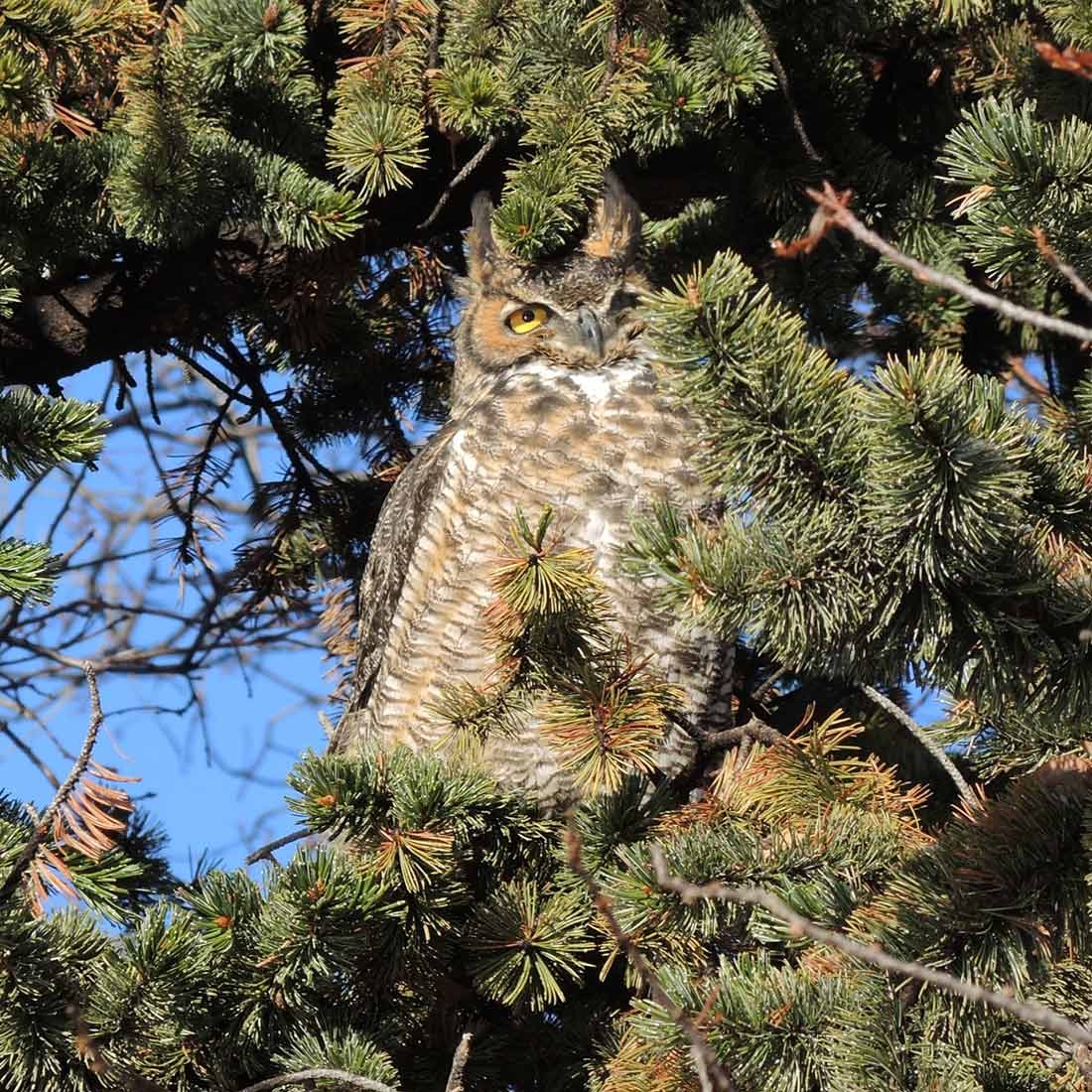
Add new comment